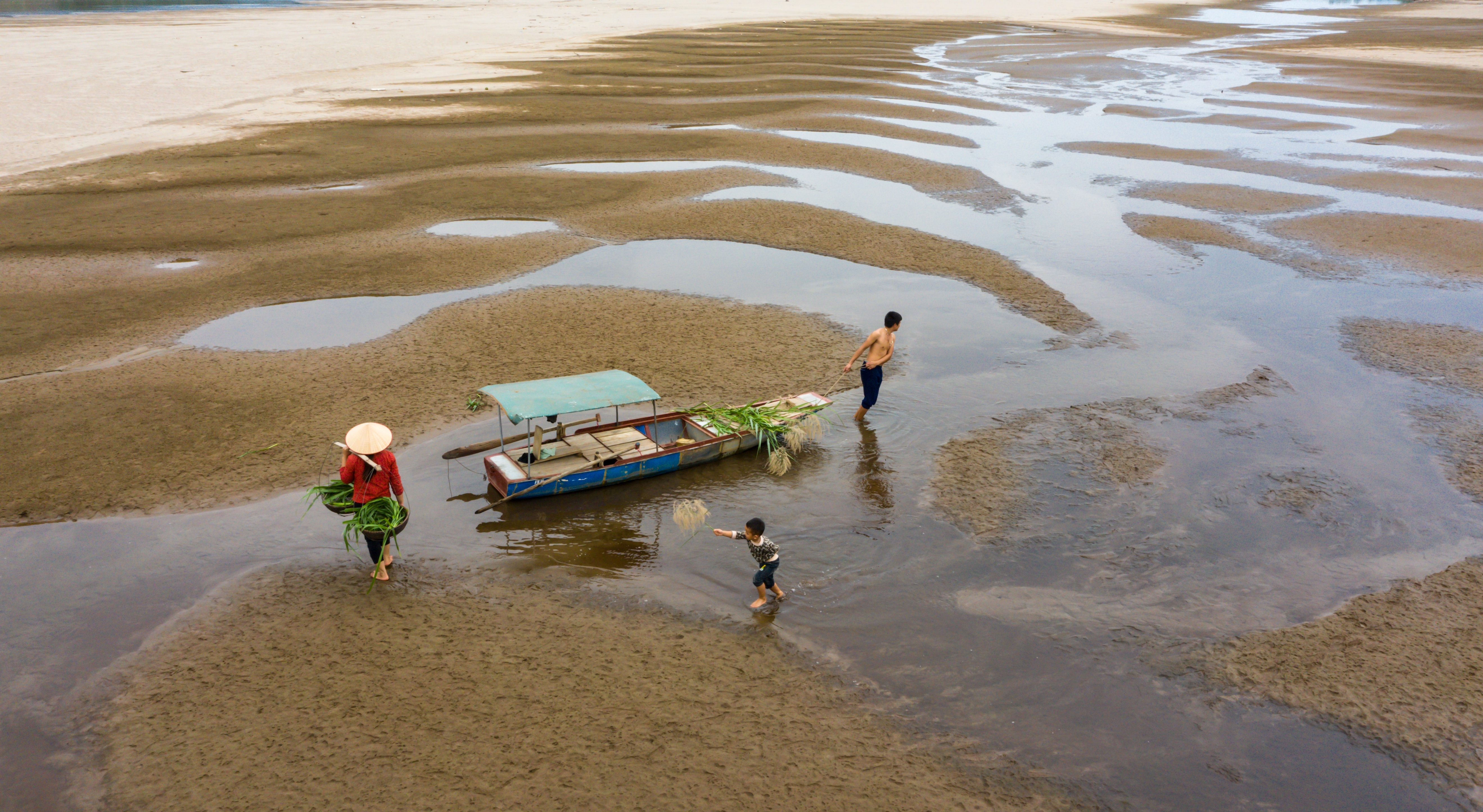Drought, << drowt, >> is a condition that results when the average rainfall for an area drops far below the normal amount for a long period, such as months or years. This condition is also called drouth << drowth >>.
In areas that are not irrigated, the lack of rain during a drought causes farm crops to wither and die. Higher than normal temperatures usually accompany periods of drought. These high temperatures increase the stresses on plants and add to the crop damage. Forest, brush, and grass fires become more frequent and spread quickly due to the dry conditions. Much valuable timberland and rangeland has been burned during major droughts. Too intense farming or overgrazing by livestock can often lead to wind erosion. Hot, dry winds often blow away the dry and crumbled topsoil (see Dust storm). Streams, ponds, and wells often dry up during a drought, and animals suffer and may even die because of the lack of water. Water supplies for agricultural, industrial, and personal uses are greatly reduced during droughts. Water resource managers may impose water rationing to deal with such shortages. 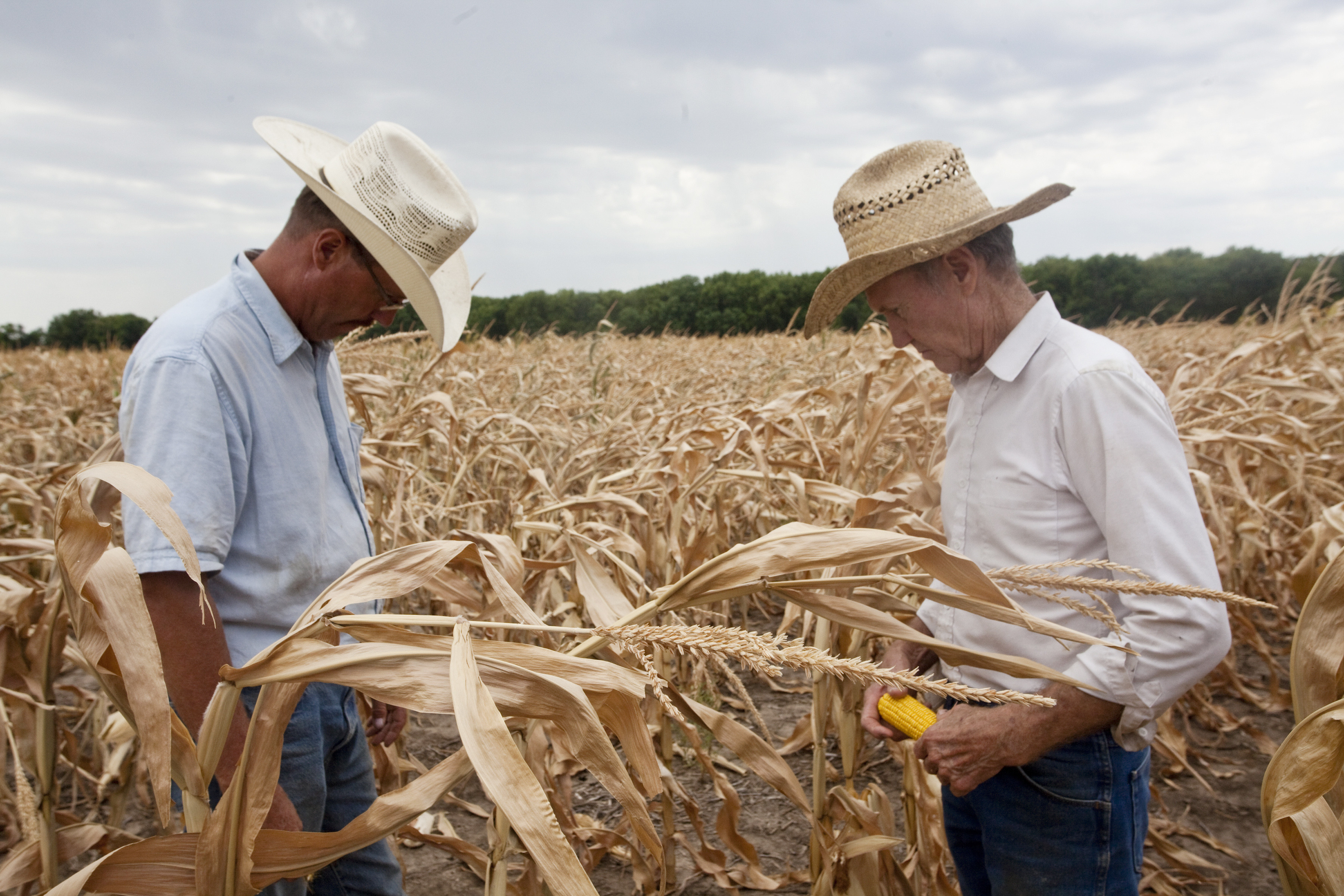
Long-range weather forecasters cannot predict with certainty just when a drought will occur. But people who study climate conditions have discovered that these drier-than-normal periods tend to alternate with wetter-than-normal periods in an irregular cycle. Droughts of the past show in the rings that are made by trees as they add wood each year. In wet periods, the year’s layer of wood is thick. In dry periods, the ring is thin.
The Great Plains region of the United States suffered one of the worst droughts in its history from 1931 to 1938, and the effects were felt throughout the entire country. Few food crops could be grown, food became scarce, and prices went up. The effects of the drought were worsened by the worldwide economic crisis known as the Great Depression. As a result, hundreds of families in the Dust Bowl area had to be moved to farms in other locations with the help of the federal government (see Dust Bowl). 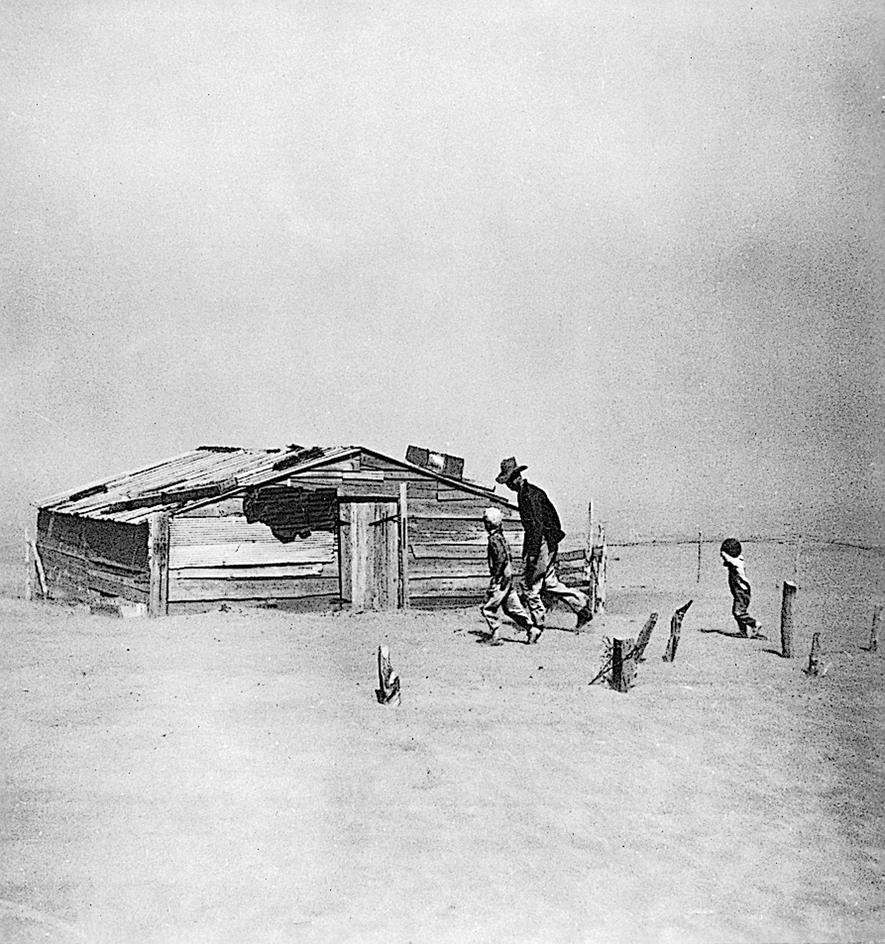
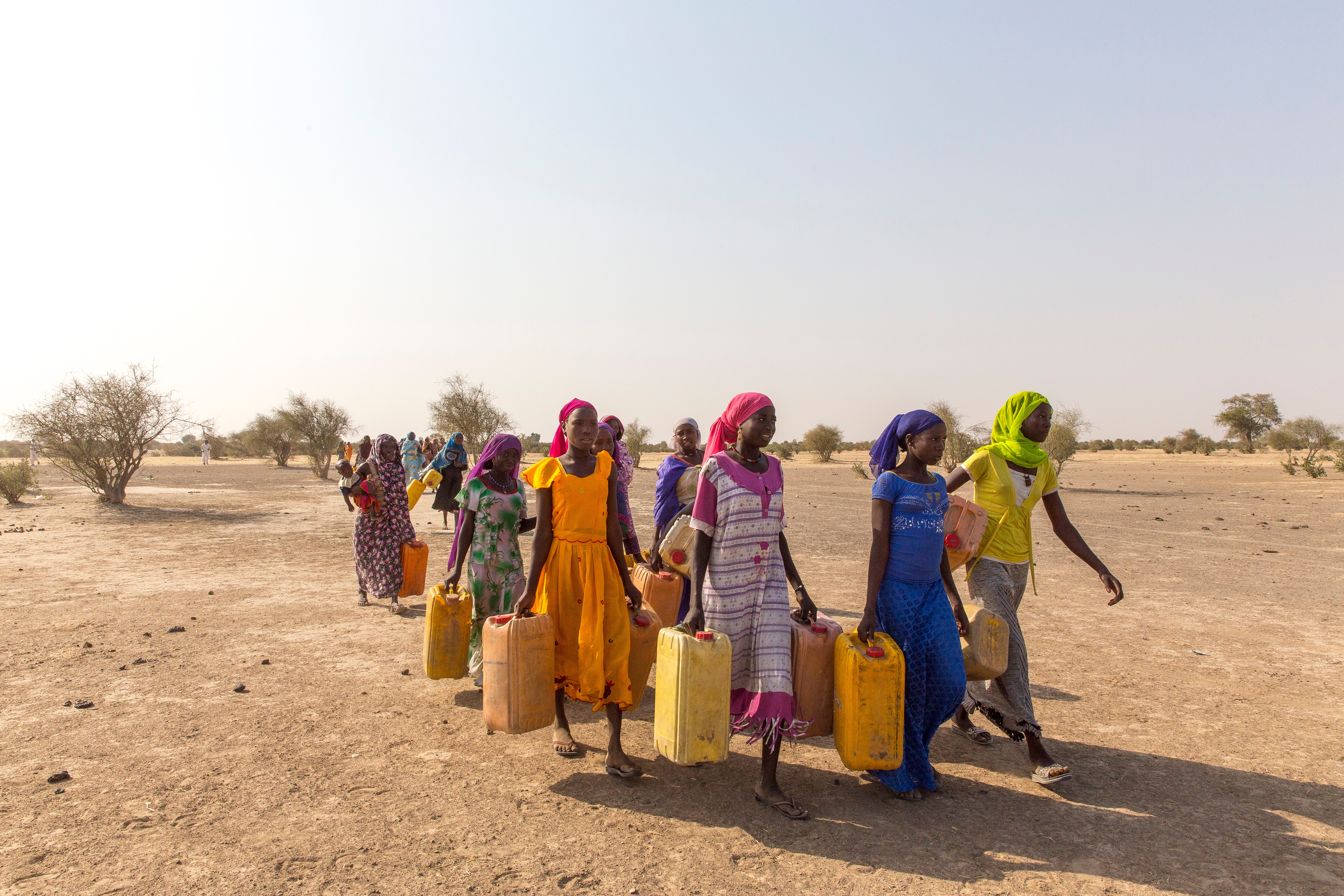
From 1950 to 1954, the Southwest and the southern Great Plains suffered a severe drought. Hundreds of cattle ranchers were forced to ship their cattle to pasturelands in other regions of the country. To help ease this hardship, the federal government offered farmers emergency credit and seed grains at low prices. The worst drought to affect the United States since the 1930’s struck the Midwest, northern Great Plains, and parts of the Southeast in 1988. It caused serious damage to grain crops.
Droughts have occurred in other areas of the United States and in other countries. In the early 1960’s, a drought affected the northeastern United States for several years, and from 1975 to 1977, a lack of winter snowfall resulted in severe drought conditions in the western United States. Unusually dry conditions prevailed over western Europe from the fall of 1975 to the summer of 1976. Since the late 1960’s, droughts have caused much suffering and famine in Africa. The hardest-hit areas include Ethiopia and the Sahel, which lies south of the Sahara, Africa’s great desert. 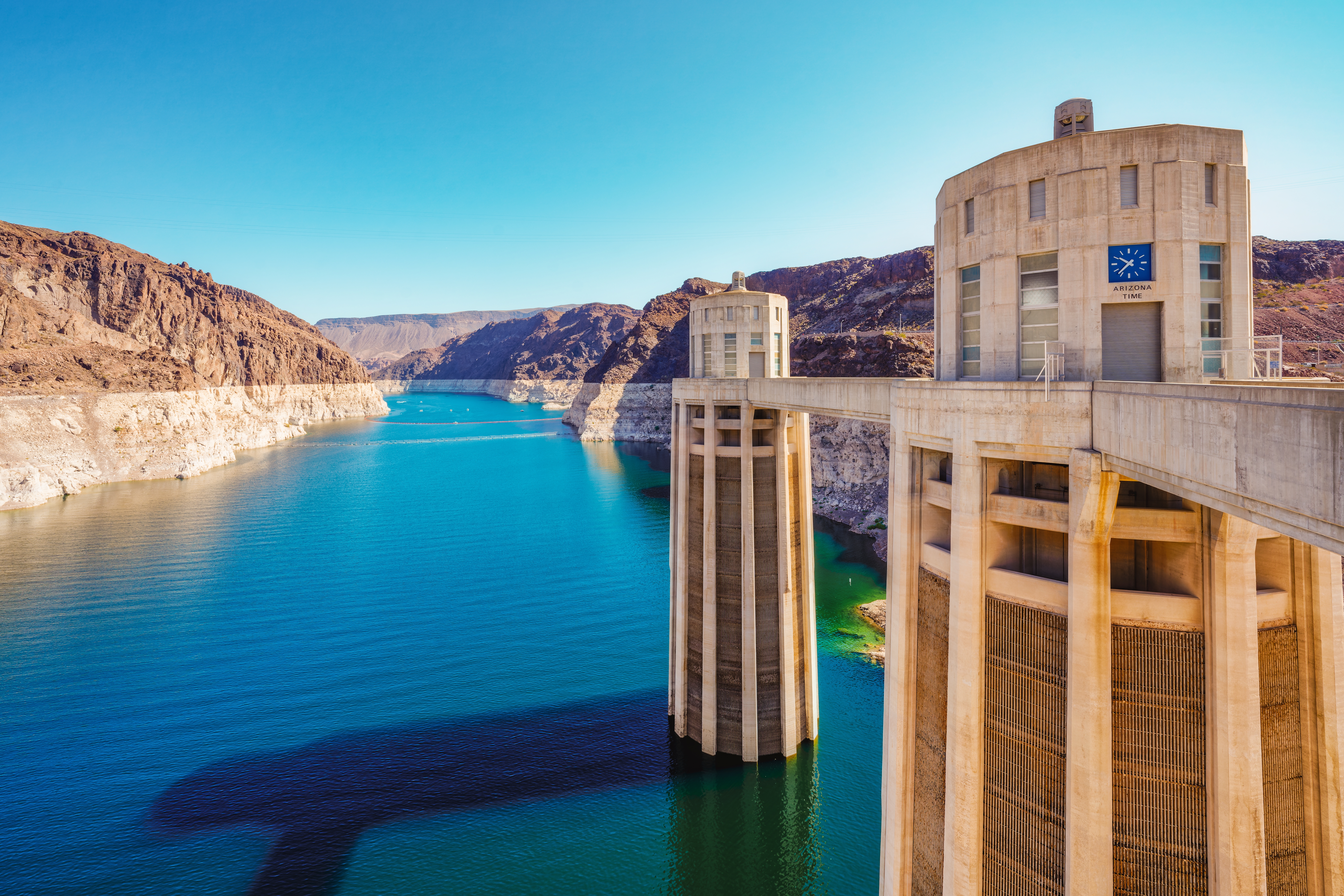
The climate in much of Australia is usually very dry, and severe droughts have occurred throughout the past century. The deadliest bushfires in Australian history took place in southeastern Victoria in February 2009. An intense drought, record-high temperatures, and strong winds contributed to the deadly conditions, which sparked hundreds of bushfires. Following an extremely dry September, a series of bushfires burned across New South Wales in late October and early November 2013. The region also saw severe drought in 2018. Climate scientists believe that global warming is increasing the frequency and severity of Australian droughts, by raising temperatures and increasing evaporation. 